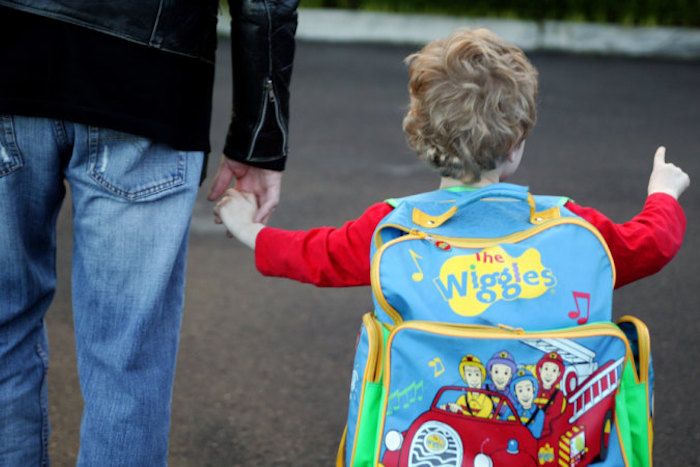Children are not as safe at early education and care as they once were and certainly aren’t as safe as they should be. This is a deeply troubling but indisputable fact.
Why do we know? Because education and care services are required to report any incident that a reasonable person would consider capable of causing a child a serious enough injury or trauma that they should get urgent medical attention.
Incident reports are increasing. The Australian Children’s Education and Care Quality Authority collates these reports. 5 years ago only 45% of all childcare services reported one or more serious incidents in a year. By 2022/2023 this had risen to 54% of all services. 5 years ago, there was a rate of 1.61 serious incidents for each 100 childcare places – by 2022/23 this was up to 2.18 incidents per 100 places.
We know a lot about injuries in childcare. Because reporting is mandatory, we also know exactly what sort of injuries are most frequent (cuts, bone injuries and head injuries), what mostly causes them (falls and trips), where they are more likely to happen (in playgrounds), when they are likely to happen (mid-morning and mid-afternoon in the middle of the week) and who is most likely to be injured (3-4 year old boys!)
But why are children less safe? None of these wonderful statistics tell us why children are now less safe in childcare. Or what we can do about it.
What keeps children safe? We do know that the things that really keep children safe, are quite expensive. Things like having high educator to child ratios, really well qualified educators and teachers, and making sure there are low staff turnover rates so the educators know each child deeply. But that’s not what we have. 68 per cent of all education and care services are run to make a profit. And increasingly many of these are run by large corporations and private equity firms looking to cut costs to boost profits and share prices. Wages are the biggest cost in childcare, so these companies tend to employ just enough educators to legally meet the staffing ratios. Consequently, they have a very high turnover because doing this work with less staff than you need, is bloody hard. These chains are also building larger centres to try and get economies of scale, despite the fact we know that smaller centres are safer for children.
We have a workforce crisis. We also have a childcare sector facing a severe workforce crisis because we no longer have enough people who want to work in it. Forty per cent of all educators have been in the sector for 3 years or less, while 22 per cent of them are under 25 years old. Twenty-five per cent of them are casuals and 16 per cent of all long day care services have staffing waivers in place – exemptions from having the minimum numbers of qualified staff required. So children are being increasingly cared for by young casual teachers and educators who come in and out of the system rapidly.
The older and more experienced educators had to do two years at a TAFE college before they were let near a child. Nowadays people can become an educator with a qualification earned in months from a dodgy training college churning out even dodgier qualifications. This puts rising burdens on the older more experienced staff. And on the younger staff who quickly realise they are not equipped for the complexity of the role.
And educators are exhausted. They are stressed because there are just not enough bodies on the ground. And every time they pop their head up there is a new requirement for something they must do. They are challenged by government designed compliance systems intended to ensure the safety of children, but which are steadily becoming more intricate and more of a checkbox exercise daily. They no longer have the time they need to provide high quality early education or sometimes even just to supervise children adequately.
And educators get next to no recognition for their role. People see them as just child minders – not knowing the huge amount of work they must, and do, put in to ensure children are adequately educated during the early years when their brains can absorb the most.
What can a parent or carer do to make their child safer? Choose a smaller centre. One with highly qualified staff who have been there a long time. And then tell your centre that you don’t want to receive beautiful Instagram style photo updates on your phone because you understand that sending these takes time away from the educator’s interacting with your child and supervising their safety. But above all, you can lobby your local member for pay rises for educators and early teachers. Because until these wonderful human beings are paid in a way that is commensurate with their importance, they are going to keep leaving the sector, to be replaced by increasingly younger and less experienced and qualified educators.
Educator pay is in fact the root cause of why your child is less safe in their childcare centre than they would have been a few years ago. You can’t attract or keep enough educators when you pay them peanuts. The Australian Government is aware of this and would likely concede it if doing so didn’t entail an obligation to act.
Some of us think that children, their safety, and the wonderful educators who try and ensure it are actually worth a living wage! We also reckon it is way past time the Government acted to keep children safe by actually funding what we need to keep them safe.
First published in Women’s Agenda, March 14th 2024.



